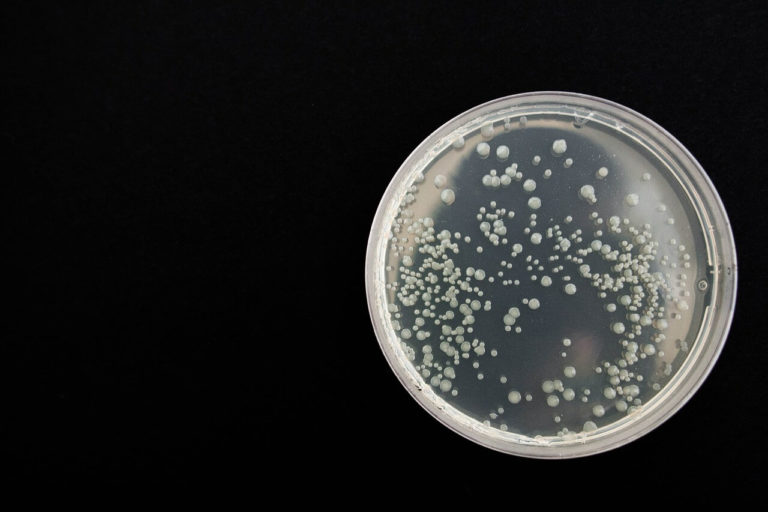In its most basic sense, cellular respiration is a number of different metabolic processes and reactions that happen in cells. Cellular respiration is essential in creating biochemical energy by converting different kinds of nutrients into adenosine triphosphate, or ATP, all the while flushing out waste products.
During cellular respiration, catabolic reactions occur, which is the process wherein large molecules are broken down. As nutrients like fatty acids, aminos, and sugars are broken down into ATP, their molecules release a large amount of biochemical energy. Because the release of energy generates heat, cellular respiration can be classified as an exothermic redox reaction.
Cellular respiration starts with glycolysis, which is the process, or, in this case, the metabolic pathway, that converts glucose into pyruvic acid, or pyruvates. During glycolysis, free energy is generated, which is then used to power the production of both ATP and reduced nicotinamide adenine dinucleotide, or NADH.
Other metabolic pathways of cellular respiration include oxidative decarboxylation of pyruvate (which is when pyruvates are oxidized to acetyl-CoA and CO2), Citric Acid Cycle (also known as the Kreb Cycle), and oxidative phosphorylation, with the latter producing water as a waste product.
Where Does Cellular Respiration Occur?
Cellular respiration occurs inside cells; specifically, cellular respiration happens inside the mitochondria, the powerhouse of the cell. Cellular respiration is a critical function by which cells release energy for various cellular activities like locomotion, biosynthesis, and even the transportation of molecules between membranes.
Although cellular respiration can be classified as a combustion reaction (thanks to its release of energy in the form of heat), because it occurs inside of cells, the energy is released in slow bursts, and only after a series of reactions and processes.
As cellular respiration occurs, it produces CO2, carbon dioxide, as a waste product. The CO2 then binds with water molecules to produce carbonic acid. This acid is essential in maintaining an organism’s blood pH.
What Reactions Happen Under Cellular Respiration?
There are 2 kinds of reactions in Cellular Respiration:
- Aerobic Respiration
- Anaerobic respiration
Aerobic Respiration is when the biological fuels (i.e., nutrients) are oxidized. In this case, it happens in the presence of an inorganic electron receptor (i.e. oxygen). In turn, this releases a huge amount of biochemical energy that is used in bulk ATP production. This is the process by which most organisms function because aerobic respiration is so much more efficient at generating energy than anaerobic respiration (15 times more efficient, to be exact).
Anaerobic Respiration, on the other hand, occurs when inorganic acceptors like nitrate or sulfate is used as the final electron acceptor, bypassing the need for oxygen or pyruvate derivatives (an essential component of fermentation). Anaerobic respiration is common among microorganisms that live in oxygen deprived areas, such as the ones found in hydrothermal vents or underwater lakes. While it is generally less efficient at producing energy than aerobic respiration, certain organisms like methanogens create more ATP using other inorganic molecules besides oxygen to power ATP production.
Is Cellular Respiration Different from Fermentation?
Yes, cellular respiration and fermentation are two different processes, albeit with many similarities.
In cases where aerobic respiration cannot take place (i.e, when there is a lack of oxygen), pyruvic acid, or pyruvates, is not metabolized. Instead, it ferments. Fermentation is another biochemical process wherein energy is extracted from carbohydrates. Fermentation is the primary way for microorganisms like eukaryotes and bacteria to produce ATP.
In higher organisms like mammals, fermentation usually occurs during strenuous activities like exercise. As our bodies undergo intense physical activity, oxygen levels go down in our cells. When this happens, pyruvates aren’t transported from the mitochondrion; instead, they remain in the cytoplasm, where they ferment and release lactic acid. This lactic acid then builds up and causes discomfort to our bodies and is the pain many athletes feel in their muscles when they exert themselves too much.




